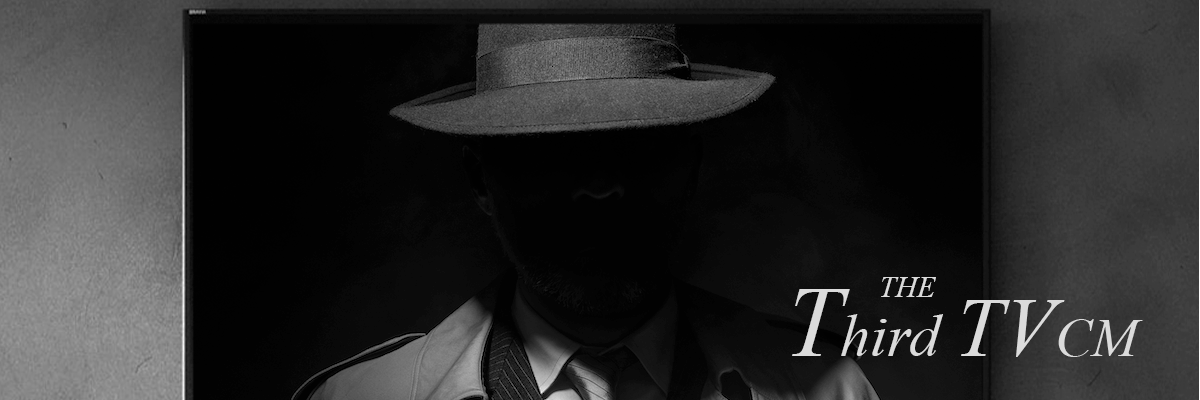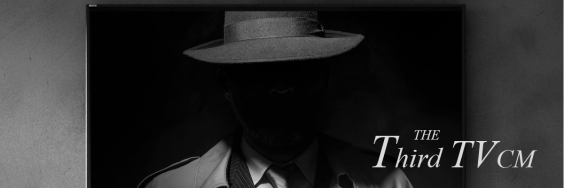This article introduces our discourse at the JAPAN ADVERTISERS ASSOCIATION INC. (JAA) seminar on February 12, 2020. It is attended by over 100 advertisers investing an enormous budget in TV commercials.
TV commercials in Japan were far behind in terms of data utilization par other “advanced” countries. However, now it has been a significant evolution.
“SAS (Smart Ad Sales),” for the new TV commercial system started by Nippon Television Network(NTV), was restarted in February 2020 with the participation of 3 stations, TV Tokyo, Fuji Television Network, and Tokyo Broadcasting System Television. Therefore, it must be prevalent from now on as a “third option” for TV commercial buying, which follows conventional program provision and spot commercials.

SAS is a new TV commercial product that allows you to purchase “15-second commercials in units of one” based on various TV viewing data. It is a revolutionary buying method that differs from program provision (TIME) and GRPs purchase (SPOT). You can freely buy “what you want,” “when you want,” and “as much as you want” by matching the broadcasting date and time, the program, the number, and the amount of money to the timing of your company’s campaign. Also known overseas as “cherry-picking,” this new per-sale pricing is about to make a big difference in TV commercials and TV commercial buying in Japan.
As of July 21, 2020, SAS participating TV stations are as follows.
<Tokyo area>
Nippon Television Network (NTV), TV Tokyo (TX), Fuji Television Network (CX), Tokyo Broadcasting System Television(TBS)
<Osaka area>
Yomiuri Telecasting(YTV), Mainichi Broadcasting (MBS), Asahi Television Broadcasting(ABC)
<Nagoya area>
Chukyo TV Broadcasting (CTV), CBC Television(CBC)
<North Kyushu area>
Fukuoka Broadcasting System (FBS)
Why Should Advertisers Use SAS, a “third option” for TV commercial buying?
We predict many advertisers to use “SAS.”
1. High cost-efficiency in terms of the number of people (TV Re-Evaluation)
2. Sufficient exposure is possible even at low cost and in a short period (Instantaneous Power)
3. Optimized for each station can be implemented across multiple stations (Evolution)
4. Purchase designation purchase with audience data (Next Generation)
5. Used for absent middle funnel appeal (New Role)
6. Advancement of TV x digital integration strategy (Seamlessness)
7. Impact of privacy protection issues (Urgent Issues)
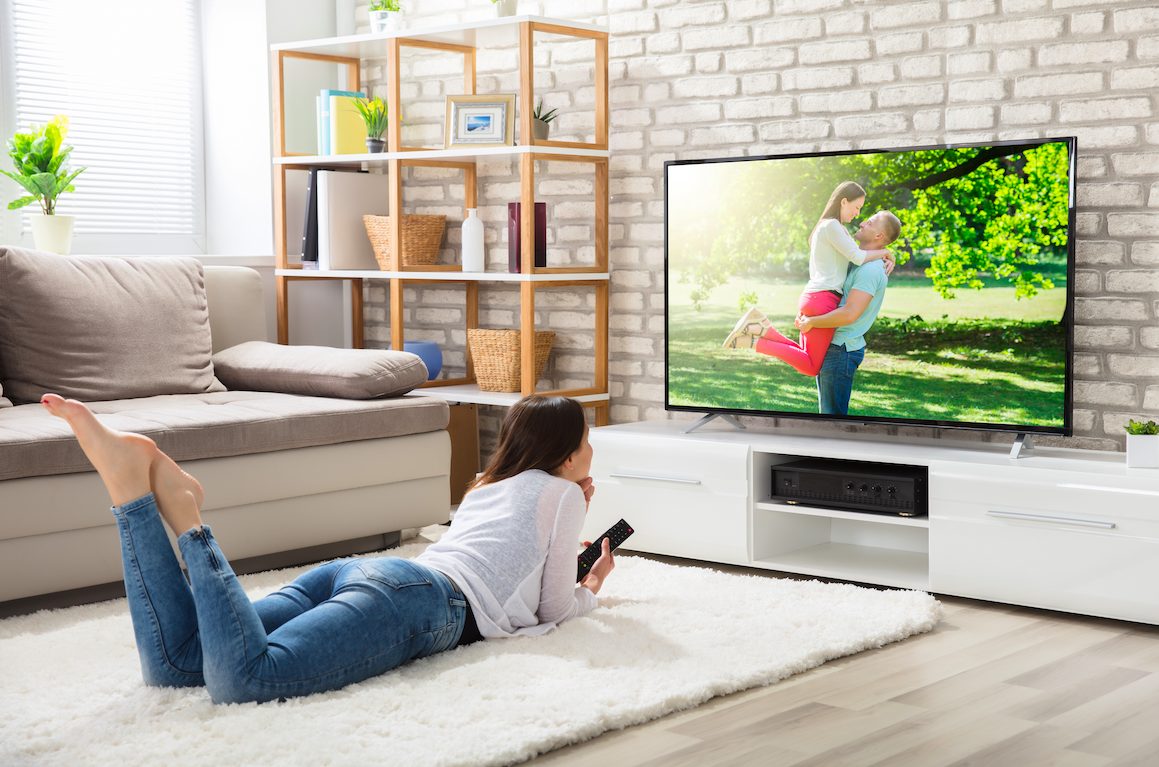
Reason 1. High cost-efficiency in terms of number of people (TV Re-Evaluation)
First of all, for reference, the reason why the “Super Bowl” TV commercial is as famous as 5 million dollars in 30 seconds (approx. 600 million yen) in the United States is as follows.
・Super Bowl has over 100 million viewers (held every February)
・The cost per viewer is 4-5 cents (about 4.5-5.6 yen)
・Normal popular TV programs have a 30-second CM of 200,000 to 500,000 dollars
・The cost per viewer is 8-10 cents (2-7 million viewers)
*Digital advertising (video) costs 2.5 cents per viewer, although the advertiser is not sure how much attention is being paid to their video.Source: Forbes(February 4, 2017) Super Bowl Ads Are A Bargain At $5 Million
https://www.forbes.com/sites/jeffreydorfman/2017/02/04/super-bowl-ads-are-a-bargain-at-5-million/
In recent years, the development of TV viewing data has also progressed in Japan, and it is now possible to make a trial calculation based on the number of people by using the “personal audience rating” from the “household audience rating.” The evaluation index of TV commercials, which has been challenging to understand in the past “%,” can be compared with other media by seeing it in “people-based” or “total impressions.” As a result, it has become a very easy-to-use index when comparing investment efficiencies and making in-house explanations.
Reason 2. Sufficient exposure is possible even at a low cost and in a short period (Instantaneous Power)
Another feature of TV commercials is their “instantaneous power.” It is a powerful force that cannot be imitated by digital advertising. When using TV commercials in campaigns, it was often thought that a “budget over 100 million yen is required.”. (If the GRPs are very low, it may not be a good pattern. However, advertisers have to second thoughts about the “good way.”) Using SAS, while utilizing the instantaneous power of the TV commercial, Effective exposure can now be achieved at a low cost and in a short period.

Reason 3. Optimized for each station can be implemented across multiple stations (Evolution)
When conducting a campaign with a spot commercial, conventionally, you should first select (1) select the TV station to use and then select the time zone (pattern), or (2) select the station using the assumed time zone according to the target. Wasn’t it a planning method? In any case, I think it was the work of finally optimizing the plan (line drawing) for each TV station. However, SAS allows you to “optimize” your strategies across TV stations. For example, the CM position or time zone reached for a specific target? You can freely buy across TV stations, “what you want,” “when you want,” while comparing cost efficiency with “Which frame is best to reach your target?” The SAS is a groundbreaking method for buying TV commercials.
*Example heatmap: best frames cross TV station to reach your target

Reason 4. Frame-specified purchase with audience data (Next Generation)
Furthermore, SAS is entirely different from the buying of traditional TV commercials in that “TV commercials can be purchased with audience data.” At length, it has become in Japan to purchase TV commercial slots using audience data, which has already been done overseas. We believe this is a significant advance toward the next-generation type that will lead to actual guarantees and addressable advertising.
For example, when using SAS as an M2 target, not only is the “higher target content rate,” but how stable is the content rate? And the more you predict “beer consumers” and “house purchasers” who mainly target the same M2 evaluation in each arbitrary segment, the efficiency heat map will further differ.
*Example heatmap: stable frames with high M2 target content
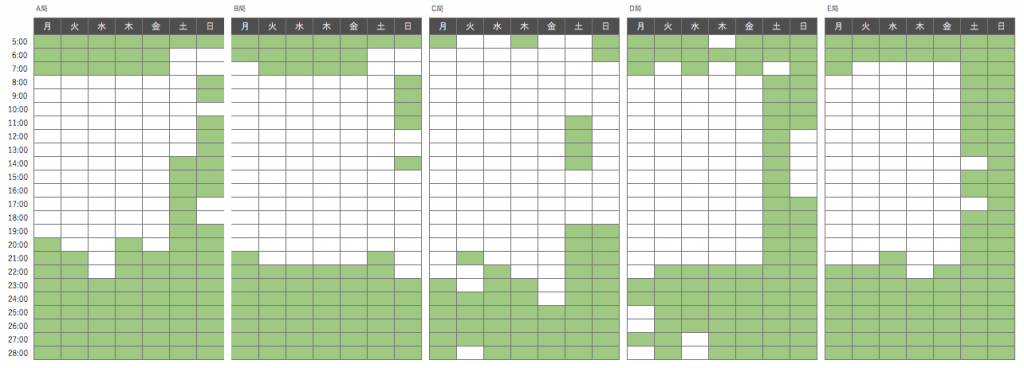
Reason 5. Used for absent middle funnel appeal (New Role)
Expectations increase to “new role of TV commercial” by using SAS. SAS that can reliably drop the planned amount of CM at the specified date and time can be a powerful weapon for the “middle funnel appeal (study stage)” that connects the upper and lower funnel. Of course, creatives must prepare other creatives suitable for middle funnel appeal. Still, it is possible to approach without worrying about fraud and brand damage that can do with TV commercials, which is different from digital advertising.
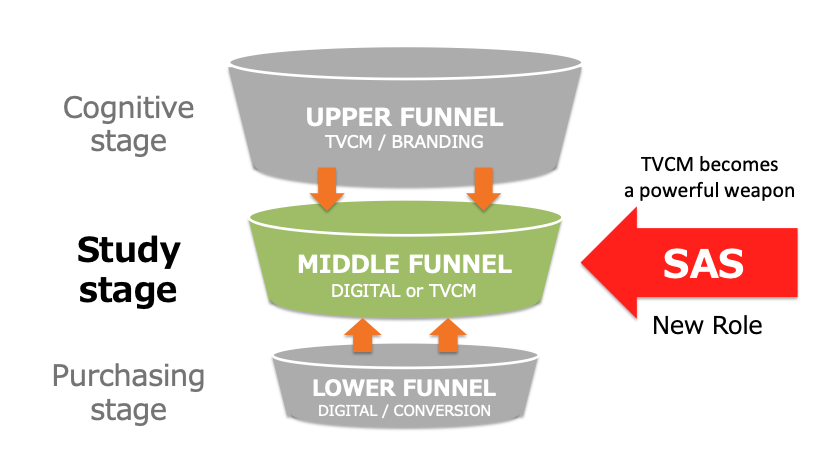
Reason 6. Progress in TV x digital integration strategy (Seamless Integration)
Up to now, not only in TV commercials but in the advertising industry, we have been doing indirect targeting called “demographic targeting.” Naturally, the brands’ side also creates a “target profile” also sets “lifestyles” and “awareness clusters.” However, They need to convert to indirect targeting in media selection and buying, the time of achievement evaluation. In such an environment, TV commercials and digital advertisements were not only evaluated for integration, but also, the allocation criteria at the planning time became ambiguous, and integration was too slow to progress. Therefore, it can say that the advent of SAS is an excellent opportunity to promote “TV commercials × digital advertising integration strategy.”
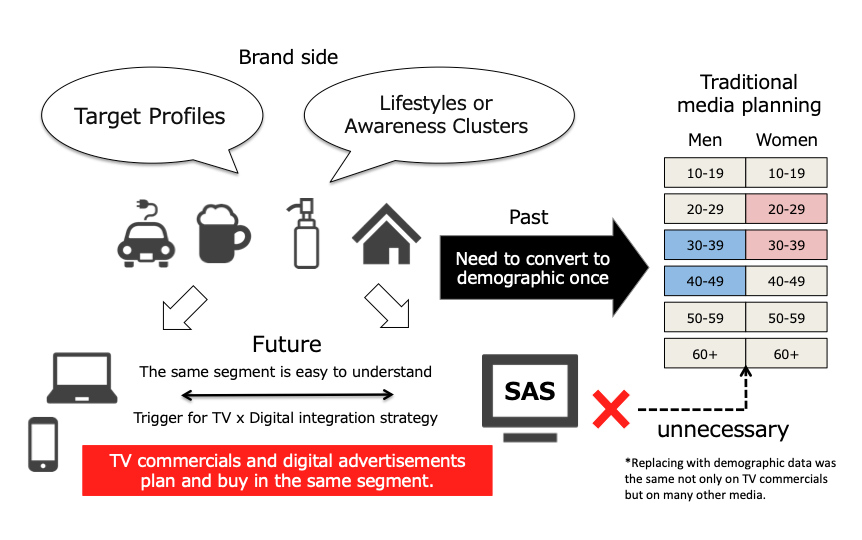
Reason 7. Impact of privacy protection issues (Urgent Issues)
Finally, the reason(7th) for expecting (using) SAS is the urgent issue of the “privacy protection issue.” I would like you to refer to those specialized reports for details, concerns, and countermeasures to privacy protection issues. It is becoming increasingly necessary to simultaneously revert the role expected from the digital advertisement side to the TV commercial side. (It has already started to swing back in the United States.) However, it is challenging to meet advertisers’ expectations even if digital advertising, which was initially a mainly “targeting demand,” only returns to traditional program provision and spot commercials.
Accordingly, advertisers’ expectations for new buying methods such as “SAS” that can utilize audience data will rise.

There was only one household audience rating in Japan for a long time. However, the evaluation index of TV commercials has changed recently.
Now is the time we have to re-evaluate the “Power of TV” and analyze various audience rating data, including the use of newly introduced “viewing quality data.” Again, it will be an excellent opportunity to evolve.
“Programmatica” will also continue to study and try it.
That’s the power, that’s the power of TV. So you feel the power of TV.
Yoshiteru Umeda
Programmatica Inc. Founder & CEO
Correctly Valuing TV Advertising with CPM

